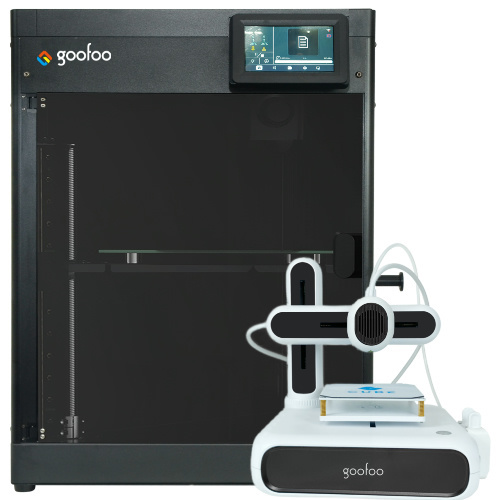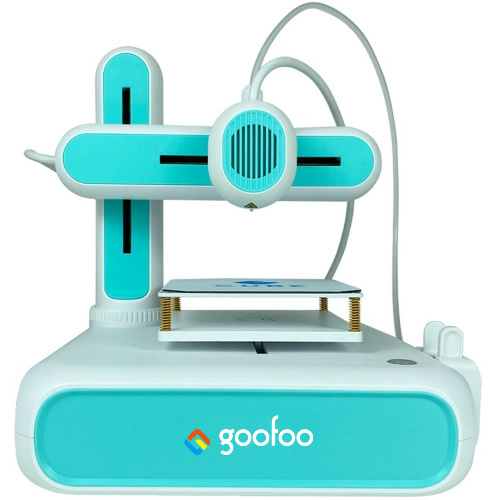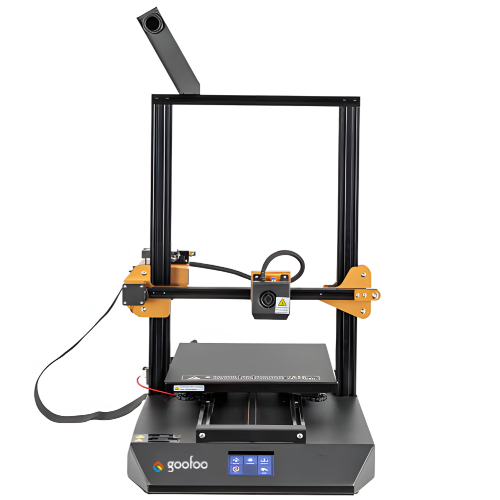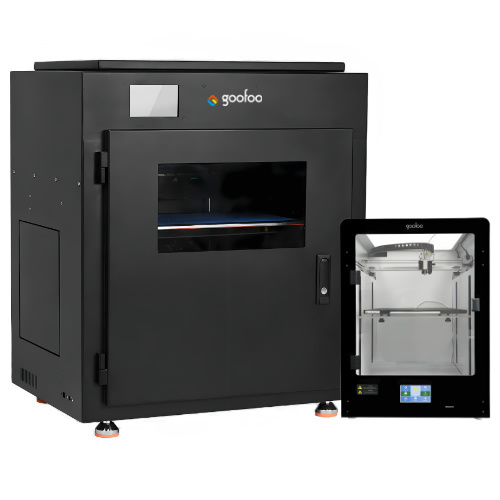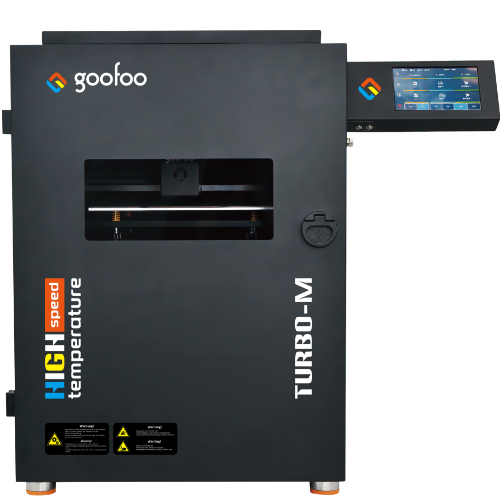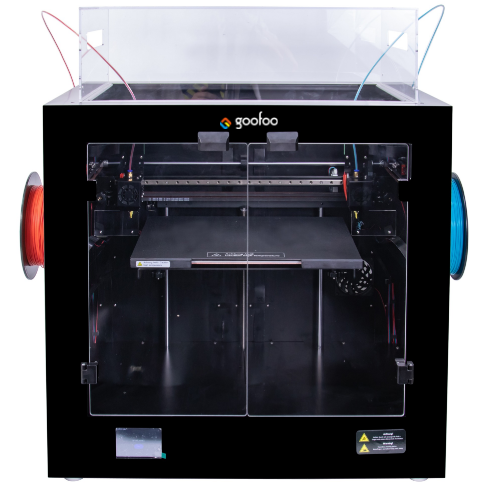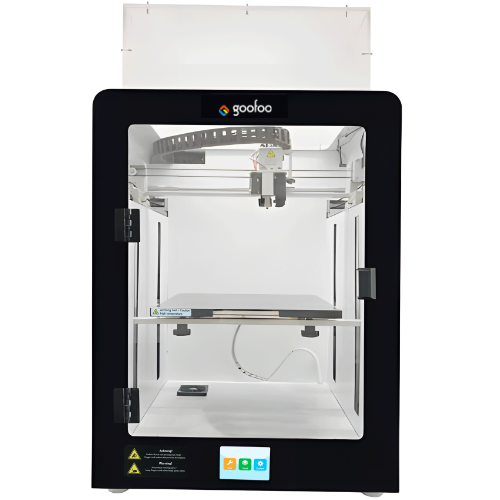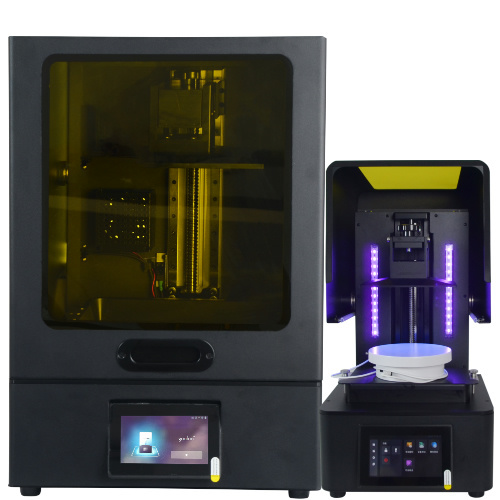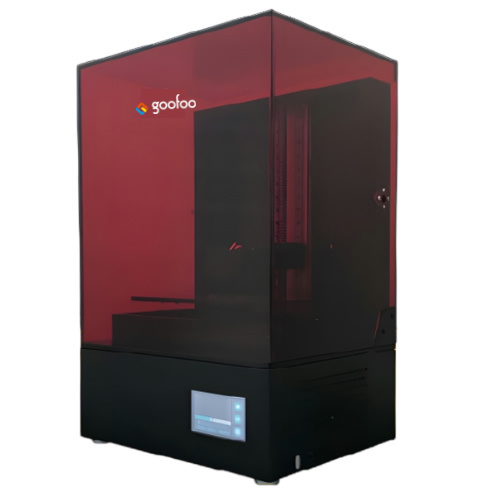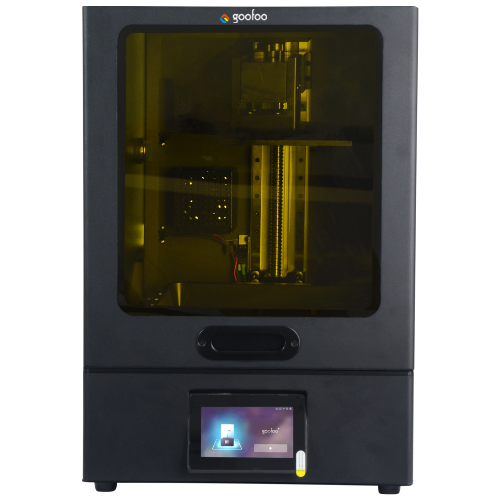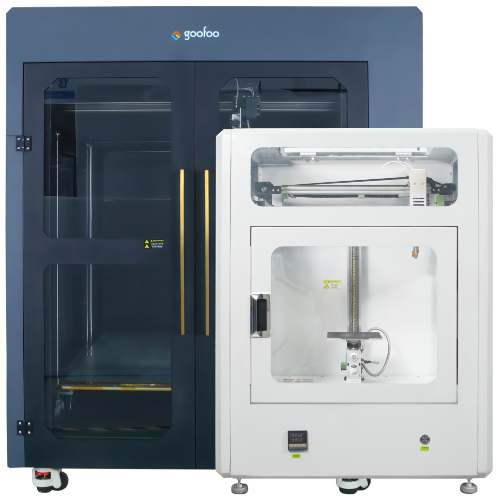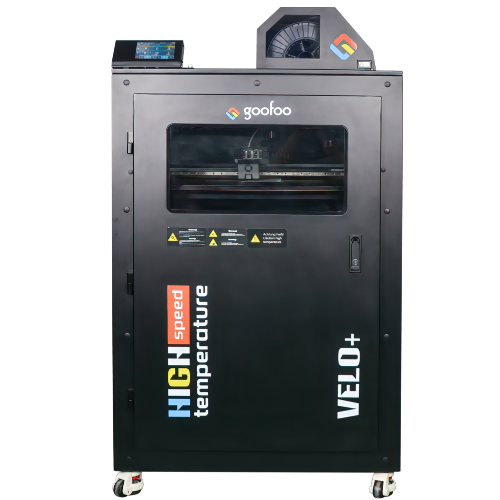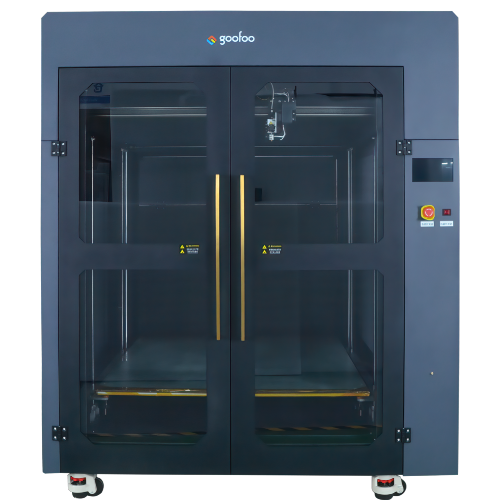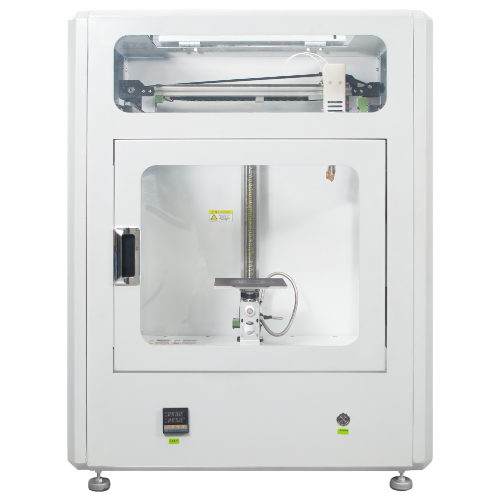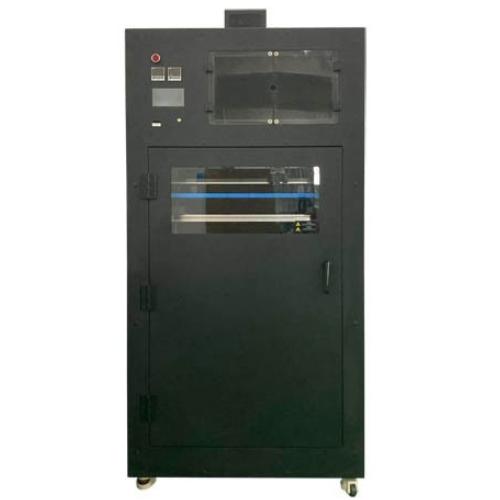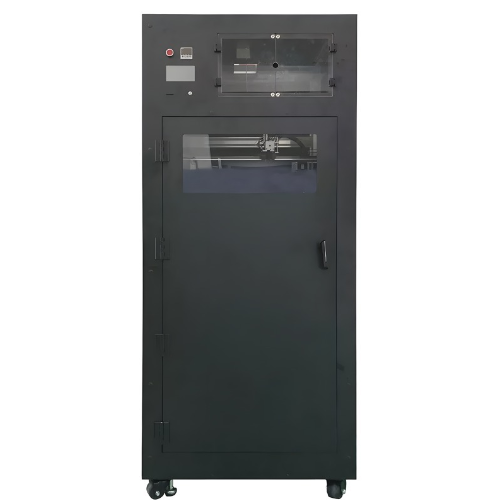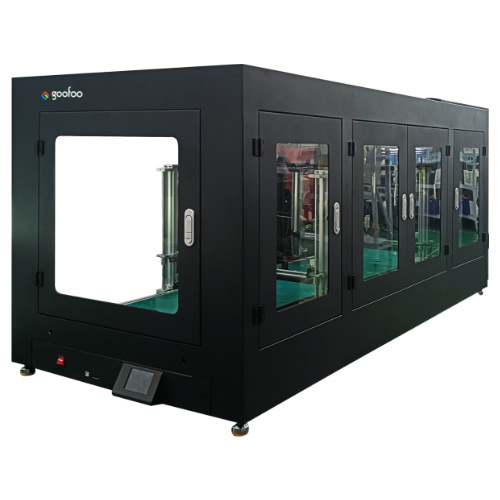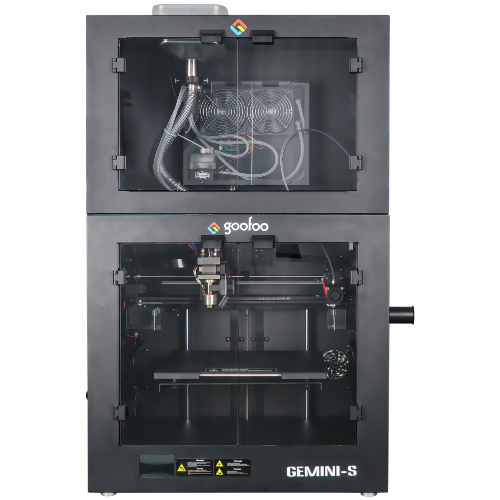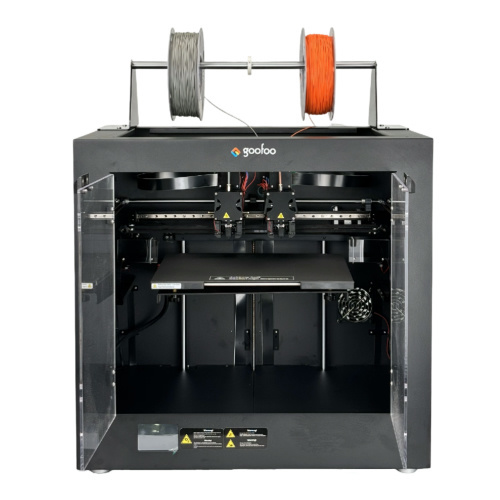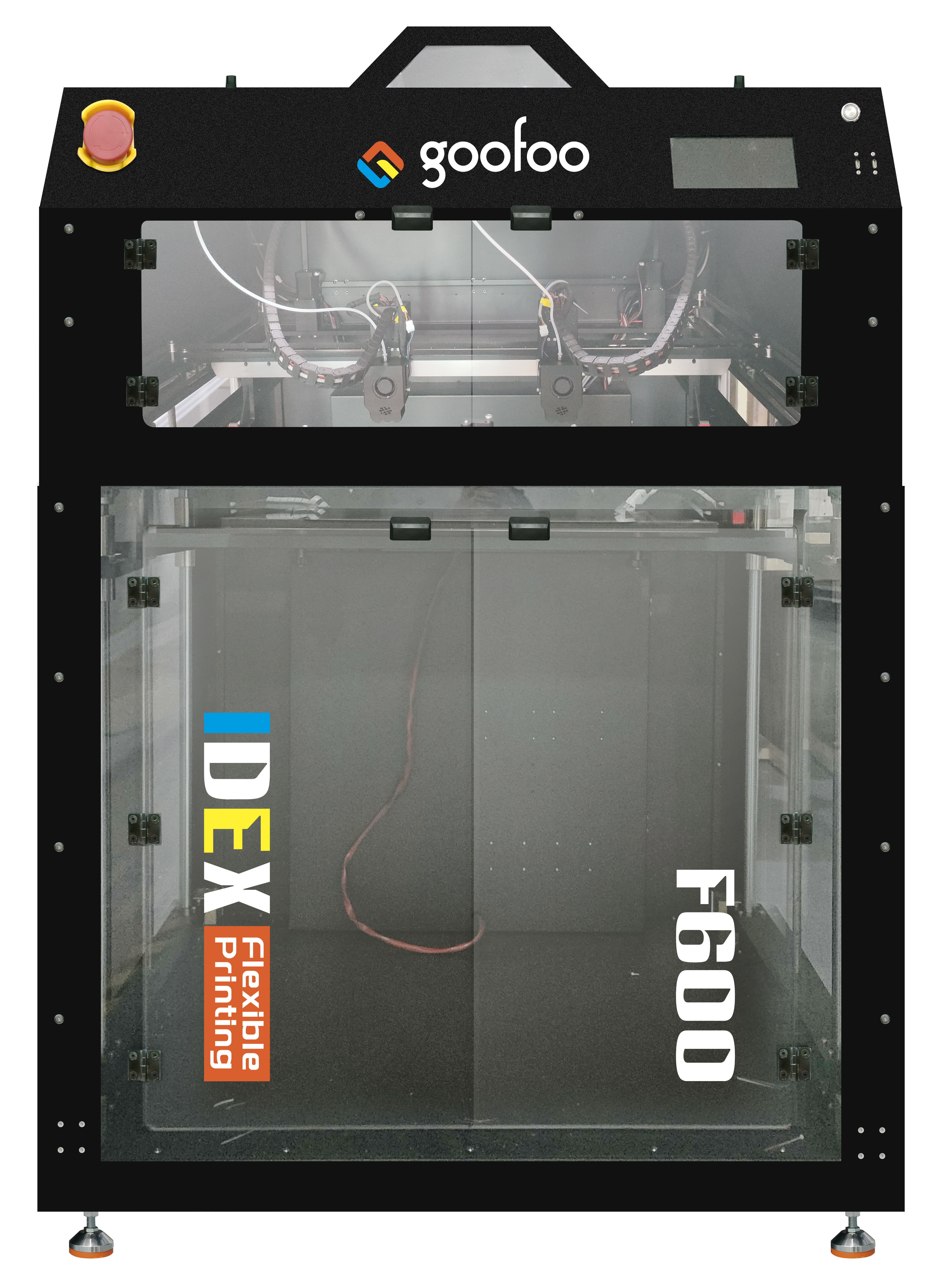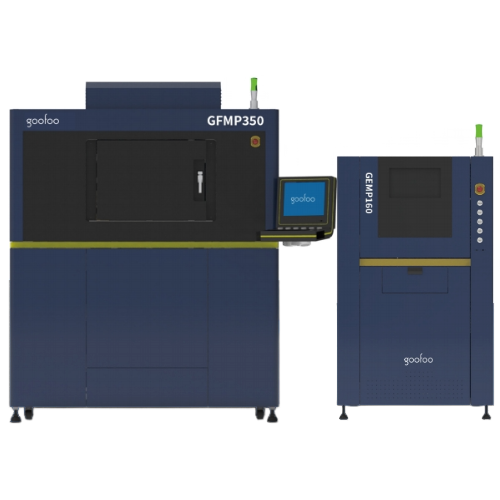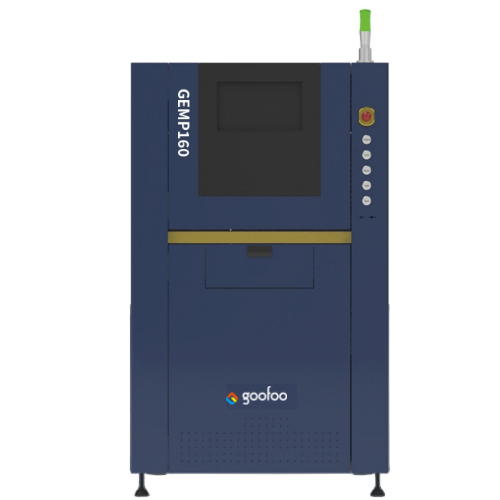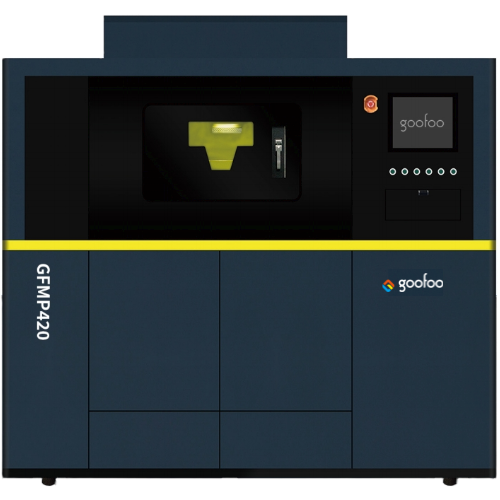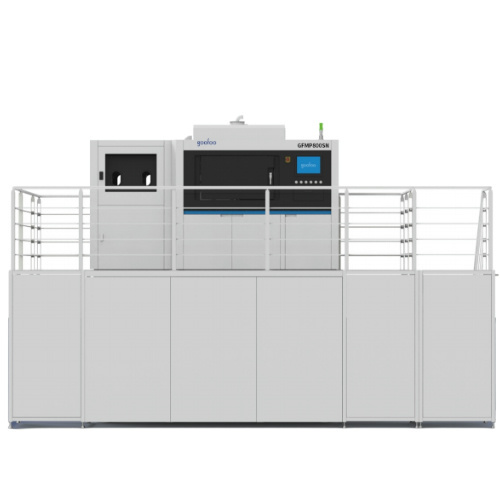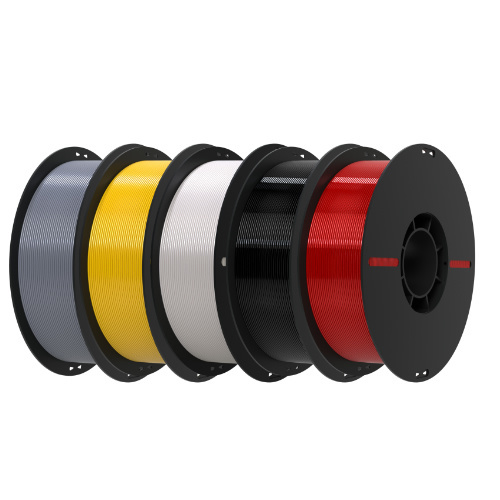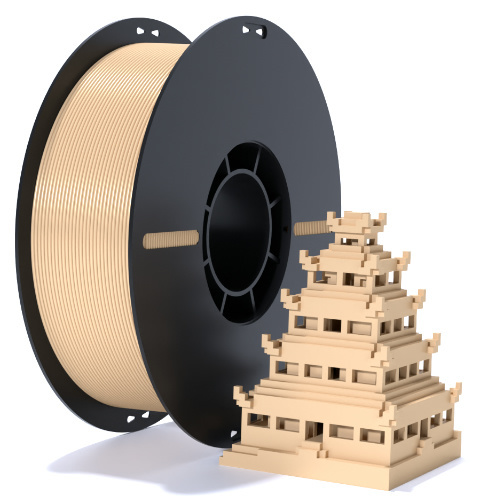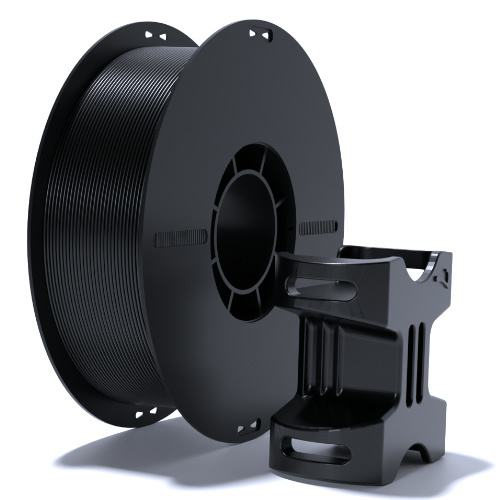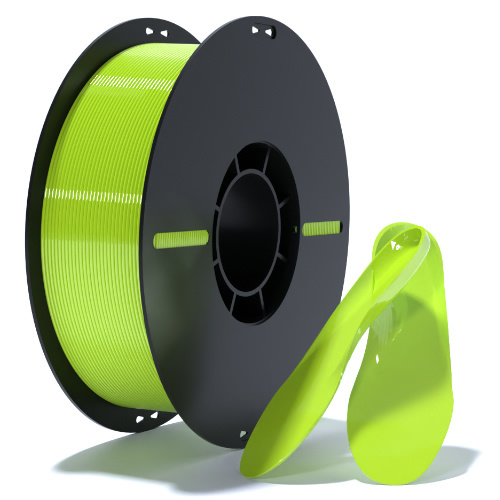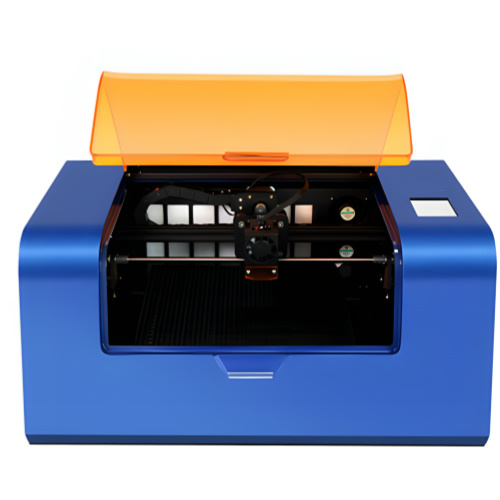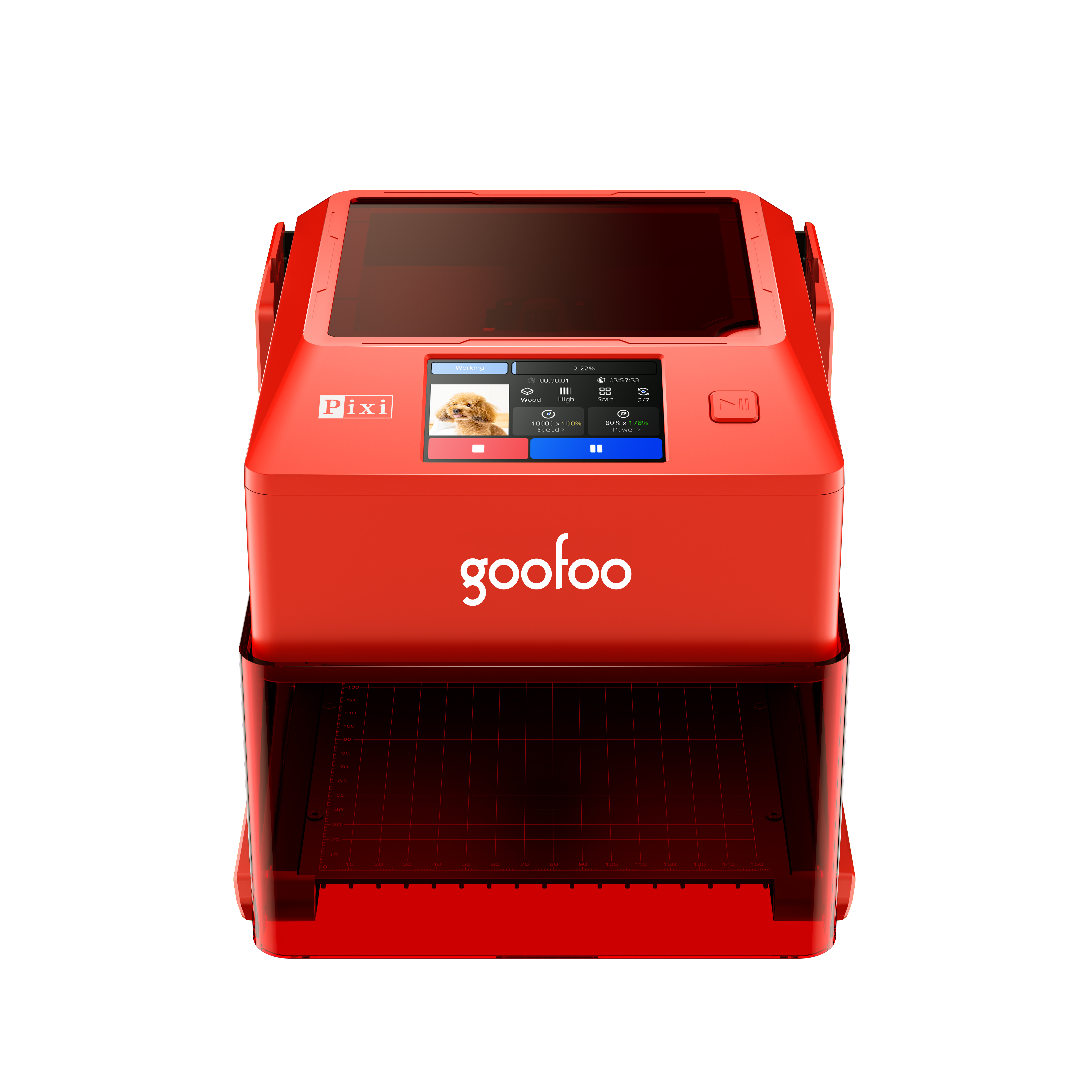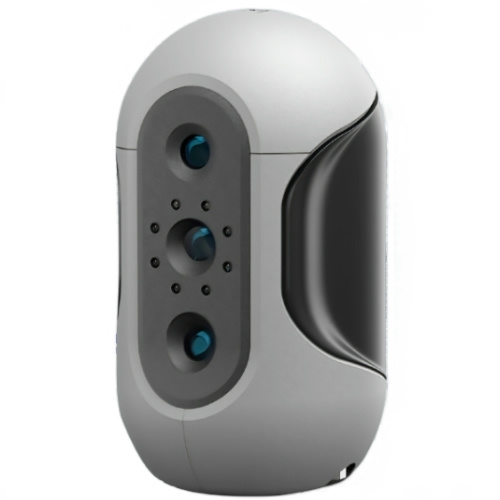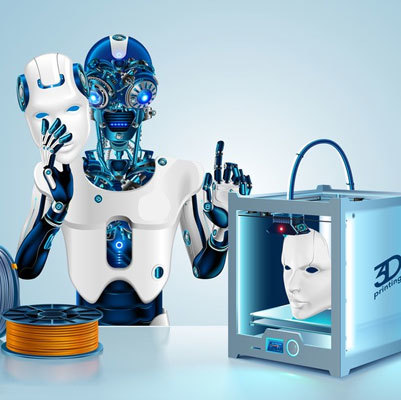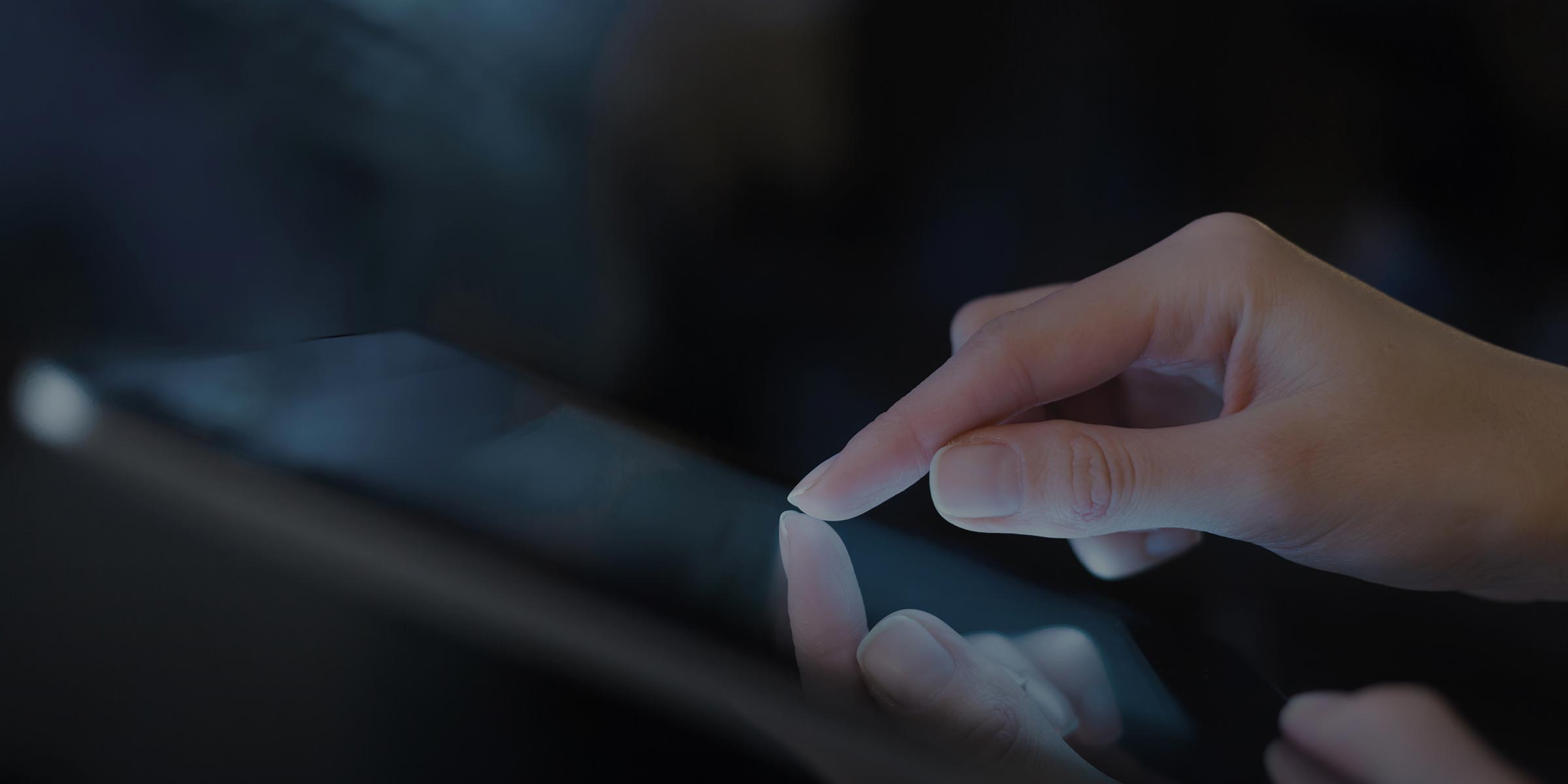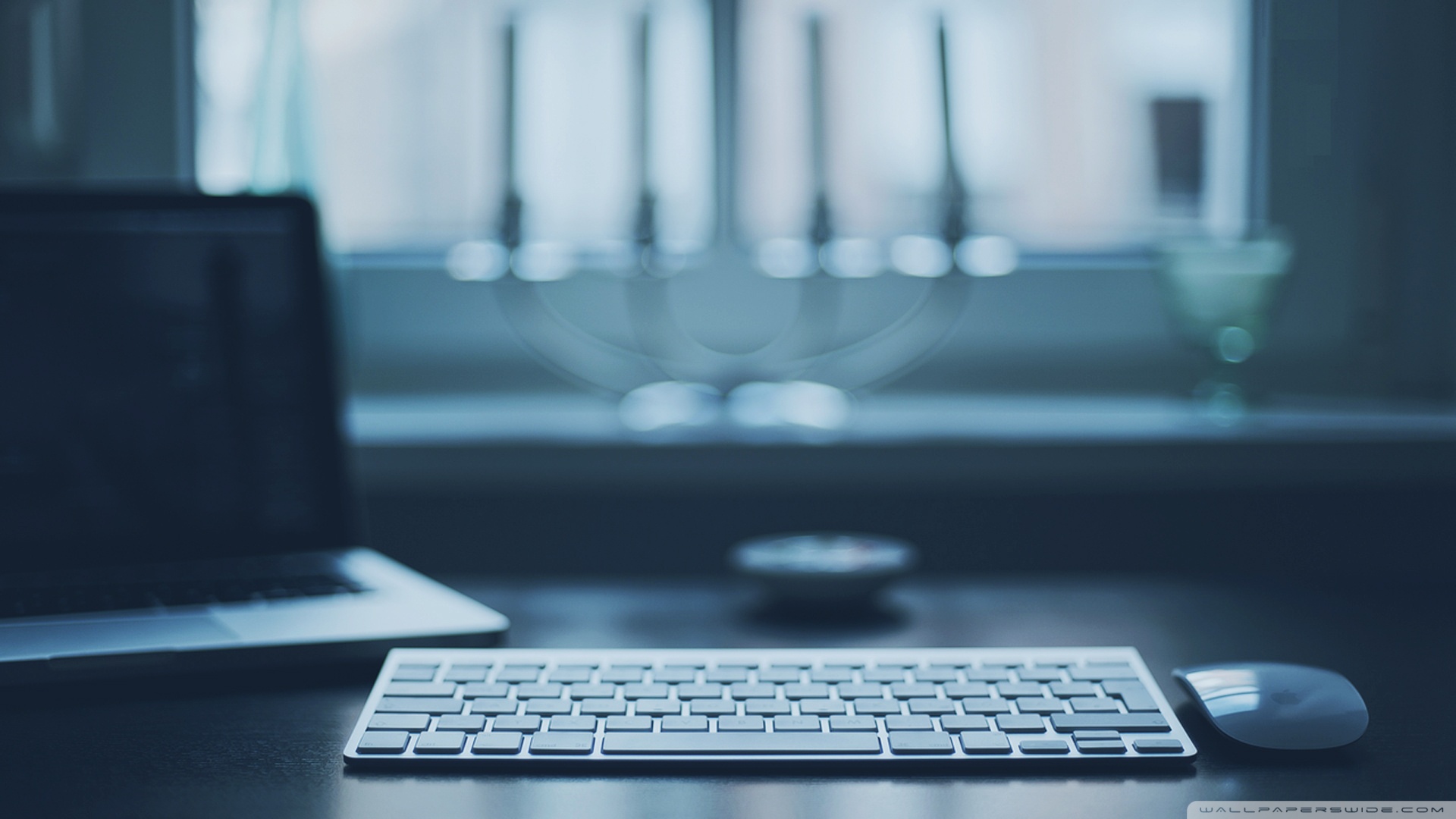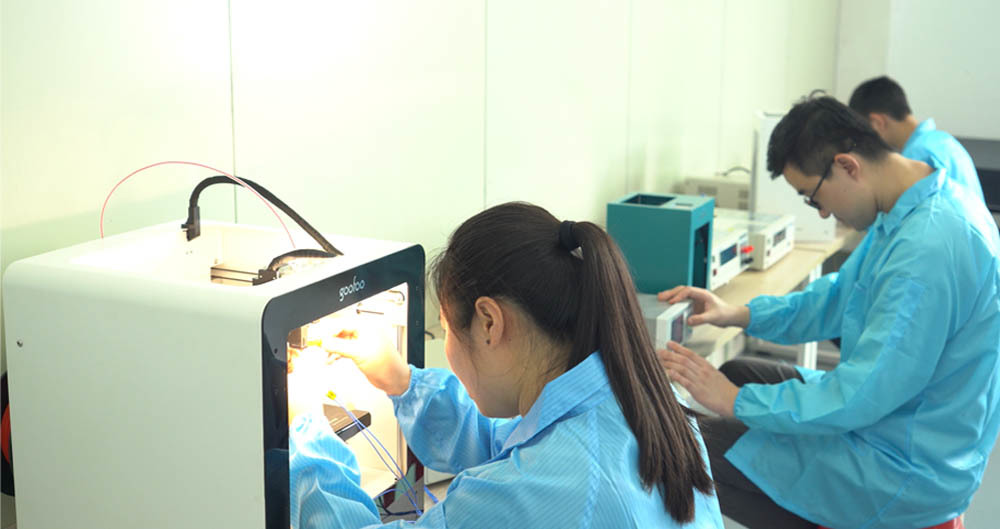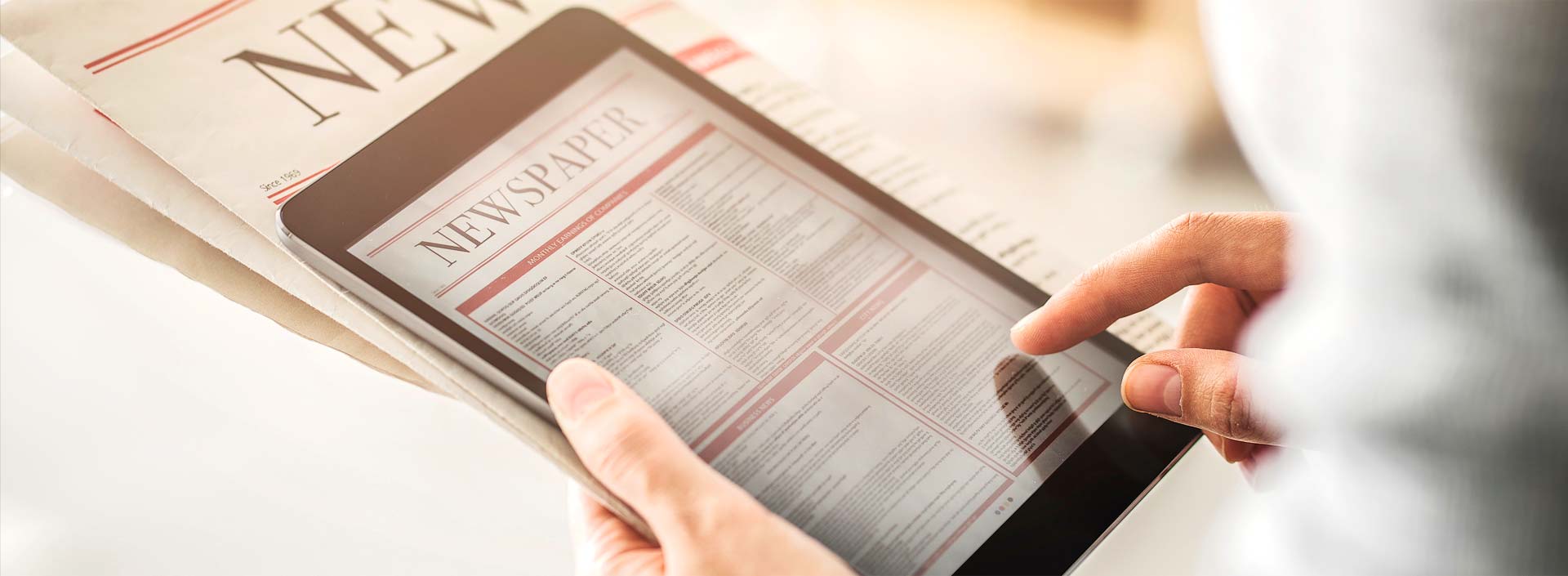All Categories
Step into the Future of Design with a 3D Printer Pen: Revolutionizing Creativity
2025-11-20 11:10
Step into the Future of Design with a 3D Printer Pen
Understanding 3D Printer Pens
3D printer pens represent an exciting advancement in the world of design and creativity. **Unlike traditional 3D printers**, which create solid objects from a digital model, 3D printer pens allow users to draw three-dimensional objects directly in the air or on a surface. They utilize **thermoplastic filament**, which is heated and extruded through a nozzle, cooling quickly to form solid structures.
The Mechanics of 3D Printer Pens
How Do 3D Printer Pens Work?
At the core of a 3D printer pen is a heating mechanism that melts thermoplastic filament. As the user draws, the pen extrudes this molten material, which cools instantly, allowing it to hold its shape. **This unique process** enables the creation of intricate designs, prototypes, and even functional objects.
Types of Filament for 3D Printer Pens
There are various types of filament compatible with 3D printer pens:
- **PLA (Polylactic Acid)**: A biodegradable and eco-friendly option, PLA is easy to work with, making it a popular choice for beginners.
- **ABS (Acrylonitrile Butadiene Styrene)**: Known for its durability and heat resistance, ABS is ideal for creating strong and long-lasting objects.
- **Flexible Filament**: For projects requiring bendable designs, flexible filaments offer versatility and creativity.
The Benefits of Using a 3D Printer Pen
Unleashing Creativity
One of the most compelling benefits of using a 3D printer pen is **the freedom to express creativity**. Artists and designers can create unique sculptures, jewelry, and functional items that were previously difficult to make. The ability to draw in three dimensions opens up a world of possibilities.
Enhancing Prototyping and Design Processes
For professionals in fields like engineering and product design, 3D printer pens can aid in **rapid prototyping**. Designers can create quick models to visualize their ideas, making adjustments on the fly. This real-time feedback accelerates the development process and enhances collaboration among team members.
Educational Uses of 3D Printer Pens
In educational settings, 3D printer pens serve as a valuable tool for teaching geometry, engineering, and design principles. Students can engage in hands-on learning, allowing them to visualize concepts and improve their spatial awareness.
Applications of 3D Printer Pens
Art and Sculpture
Artists are increasingly embracing 3D printer pens to create intricate sculptures and mixed-media art. The ability to manipulate materials in three dimensions allows for **innovative artistic expressions** that challenge traditional art forms.
Engineering and Prototyping
Engineers leverage the capabilities of 3D printer pens for **rapid prototyping**. Whether designing mechanical components or architectural models, these pens help illustrate complex ideas and facilitate discussions.
Home Improvement and Repair Projects
3D printer pens can also be utilized in home improvement projects. From creating custom fixtures to repairing broken items, they offer a practical solution for homeowners looking to personalize their spaces or fix everyday issues.
Choosing the Right 3D Printer Pen
Key Features to Consider
When selecting a 3D printer pen, consider these essential features:
- **Temperature Control**: Adjustable temperature settings allow users to work with different types of filaments.
- **Ergonomic Design**: A comfortable grip is critical for prolonged use, especially for detailed work.
- **Filament Compatibility**: Ensure the pen supports the types of filament you plan to use.
Top Recommendations for 3D Printer Pens
1. **3Doodler Create+**: Known for its ease of use and versatility, this pen is perfect for beginners and advanced users alike.
2. **MYNT3D Professional Printing 3D Pen**: Offers adjustable temperature and speed, making it suitable for complex projects.
3. **Scribbler 3D Pen**: This pen is lightweight and features a simple design, ideal for newcomers to 3D printing.
How to Get Started with Your 3D Printer Pen
Setting Up Your Workspace
Creating the right environment for using a 3D printer pen can significantly enhance your experience. Ensure your workspace is clean, well-lit, and equipped with the right materials, including various filaments and a suitable surface for drawing.
Basic Techniques for Drawing with a 3D Printer Pen
Start with simple shapes to practice your skills. Gradually progress to more complex designs as you become comfortable with the pen's movement and the filament's behavior. Techniques such as layering and connecting lines will enhance your ability to create intricate pieces.
Tips for Mastering Your 3D Printer Pen Skills
Practice Regularly
The more you use your 3D printer pen, the more adept you will become. Set aside time each week to experiment with new techniques and designs.
Join Online Communities
Engaging with online forums and social media groups can provide valuable insights and inspiration. Connecting with other users allows for the exchange of tips, projects, and creative ideas.
Common Challenges When Using a 3D Printer Pen
Filament Jam
Filament jams can occur, disrupting the flow of material. Regularly check your pen’s nozzle for clogs and clean it as necessary to ensure smooth operation.
Uneven Extrusion
If you experience uneven extrusion, it may be due to inconsistent filament or incorrect temperature settings. Experiment with different settings until you find the optimal combination for your chosen filament.
FAQs About 3D Printer Pens
1. Can I use any type of filament with a 3D printer pen?
While many pens support various filaments, it’s essential to check compatibility before purchasing materials. Typically, PLA and ABS are the most common types used.
2. Are 3D printer pens safe for children?
Most 3D printer pens are safe for children when used under adult supervision. However, ensure that children understand the importance of handling the device carefully, as the tip can reach high temperatures.
3. How much do 3D printer pens cost?
Prices for 3D printer pens vary based on features and brand. They typically range from $30 to $100, with higher-end models offering advanced capabilities.
4. What surfaces can I use a 3D printer pen on?
3D printer pens can be used on various surfaces, including paper, wood, and canvas. Experimenting with different surfaces can yield unique results.
5. How long does the filament last?
The duration of filament depends on the complexity of your design and the amount used. Typically, a single filament spool can yield several hours of continuous drawing.
Conclusion
3D printer pens are revolutionizing the way we approach design and creativity. Whether you're an artist, engineer, or hobbyist, these innovative tools offer limitless possibilities for expression and innovation. By understanding the mechanics, benefits, and applications of 3D printer pens, you can embark on a journey that merges technology with artistry. As we step into the future of design, the potential for creativity is boundless, inviting everyone to explore and create in three dimensions.
3d printer pen
Recommended News
language
English
العربية
বাংলাদেশ
Български
Hrvatski
Česky
Dansk
Nederland
 Esperanto
Esperanto
Slovenski
Filipino
Suomi
Français
Maori
 Shqiptare
Shqiptare
Georgian
 Euskara
Euskara
Deutsch
Ελλάδα
ישראל
इंडिया
Magyarország
Ísland
Indonesia
Irlanda
Italia
日本語
Sovensko
Հայաստան
한국
Kyrgyz
ປະເທດລາວ
 Zulu
Zulu
Latvian
Lithuanian
Luxembourgish
 Latinus
Latinus
Macedonian
Малайская
Maltese
Монгол улс
 Cymraeg
Cymraeg
ဗမာ
 தமிழ்
தமிழ்
नेपाल
Norge
ایران
Polska
Portugal
România
Российская
Србија
 Slovak
Slovak
Србија
 Slovak
Slovak
Bosanski
Slovenian
Беларус
España
Sverige
Точик
ประเทศไทย
Türk
Azərbaycan
Uzbek
 Afrikaans
Afrikaans
Việt Nam
Skype / WhatsApp: +86 592-5713513 / +86-13860126490
No.88-3, North Tongji Road, Xike County, Tong'an District, Xiamen, Fujian China
Xiamen Goofoo Technology Co., Ltd. All Rights Reserved 闽ICP备2022008070号-1 SEO 300.cn
Phone:+0086 592-5713513
Address: No.88-3, North Tongji Road, Xike County, Tong’an District, Xiamen, Fujian China
Email: sales@goofoo3d.com
We will give you feedback in time

